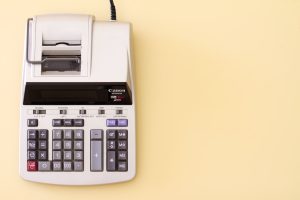Forex trading is one of the most popular forms of trading in the world today. It is a highly lucrative market that is open 24 hours a day, 5 days a week. One of the most popular methods of trading forex is through price action analysis. Price action analysis is a technique that involves analyzing the price movement of a currency pair to determine its future direction. In this article, we will take an in-depth look at how to use price action in forex trading.
What is Price Action?
Price action is a technique that involves analyzing the movement of a currency pair’s price to determine its future direction. This analysis is done by studying the price movement of a currency pair over a certain period of time, such as a day or a week. Price action traders believe that the price movement of a currency pair can provide insights into its future direction. This is because the price movement of a currency pair is influenced by a variety of factors, such as market sentiment, economic data, and geopolitical events.
How to Use Price Action in Forex
To use price action in forex trading, you need to have a good understanding of how the market works. You also need to be familiar with the different types of price action patterns and how to identify them. Here are some steps to help you get started with price action trading:
Step 1: Identify the Trend
The first step in using price action in forex trading is to identify the trend. A trend is a direction in which the price of a currency pair is moving. There are three types of trends: uptrend, downtrend, and sideways trend. To identify the trend, you can use different tools such as trend lines or moving averages. Once you have identified the trend, you can then use price action analysis to determine the best entry and exit points.
Step 2: Identify Support and Resistance Levels
The second step in using price action in forex trading is to identify support and resistance levels. Support and resistance levels are areas where the price of a currency pair tends to bounce off. These levels are usually identified by looking at previous price movements. Once you have identified the support and resistance levels, you can then use price action analysis to determine the best entry and exit points.
Step 3: Identify Price Action Patterns
The third step in using price action in forex trading is to identify price action patterns. Price action patterns are specific movements in the price of a currency pair that can provide insights into its future direction. There are several types of price action patterns, such as pin bars, inside bars, and engulfing bars. Each pattern has its own characteristics and can provide different insights into the market.
Step 4: Use Price Action to Determine Entry and Exit Points
The final step in using price action in forex trading is to use the information you have gathered to determine your entry and exit points. Depending on the type of price action pattern you have identified, you may decide to enter the market at a specific price or wait for a breakout. You may also decide to exit the market when the price reaches a certain level or when a specific pattern is formed.
Conclusion
Price action is a powerful tool that can help you make better trading decisions in the forex market. By analyzing the price movement of a currency pair, you can gain insights into its future direction and make informed trading decisions. To use price action in forex trading, you need to have a good understanding of how the market works and be familiar with the different types of price action patterns. With practice and patience, you can become a successful price action trader and achieve your financial goals.





